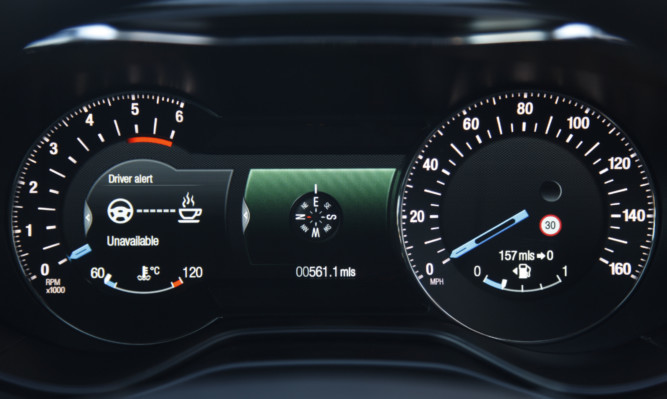It’s one of the great conundrums of the modern motoring world: is my car’s speedometer telling the truth?
None of us wants to end up with a speeding ticket when we think we’ve been travelling within the legal limit, so is a speedometer accurate and trustworthy?
The simple answer is yes.
While some much older cars might have speedos that tell fibs, any car built from the 1980s onwards will have one that is reasonably accurate.
Even allowing for wear, tear and age, a speedometer is not going to start saying you’re driving at the legal limit when, in fact, you are going faster.
Cars made in modern times are built with devices that deliberately over-read by a small amount.
This is usually not obvious at lower speeds in town or even on 40mph stretches of road. However, head on to faster roads, such as a 60mph limit or the motorway and you may notice some discrepancy between the reading and that on a satellite navigation system or app on your smartphone.
Don’t panic about this. For one thing, if the speed on the satnav or phone is lower than the one on the car’s dash, you are safely within limits.
Another point to bear in mind is satnavs and phones use GPS tracking to calculate speed based on time and distance. While this is great for military aircraft and ships, with cars on normal roads it does not account for undulations and curves.
The main reason for speedos over-reading is because car companies do not want to face legal action, whether from a driver who feels a false reading has caused them to be prosecuted, or in a criminal prosecution if someone was injured as a result of excessive speed.
So, all cars’ speedos over-read, though this has to be within a 10% margin, as it could also be dangerous be travelling too slowly on a road, causing hold-ups and frustration.
And the speedo must never under-read, so if it says 60mph, it cannot be any more than that speed.
